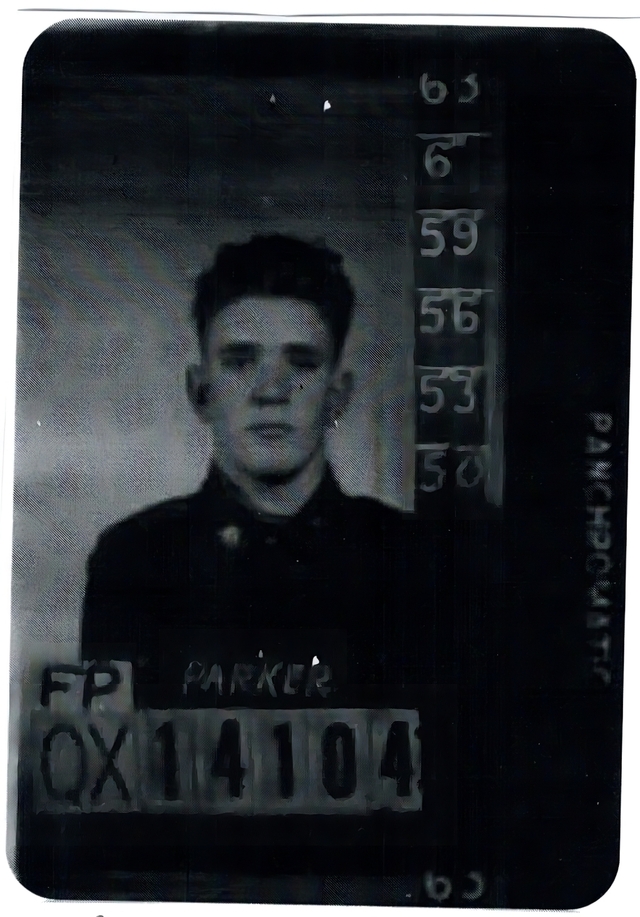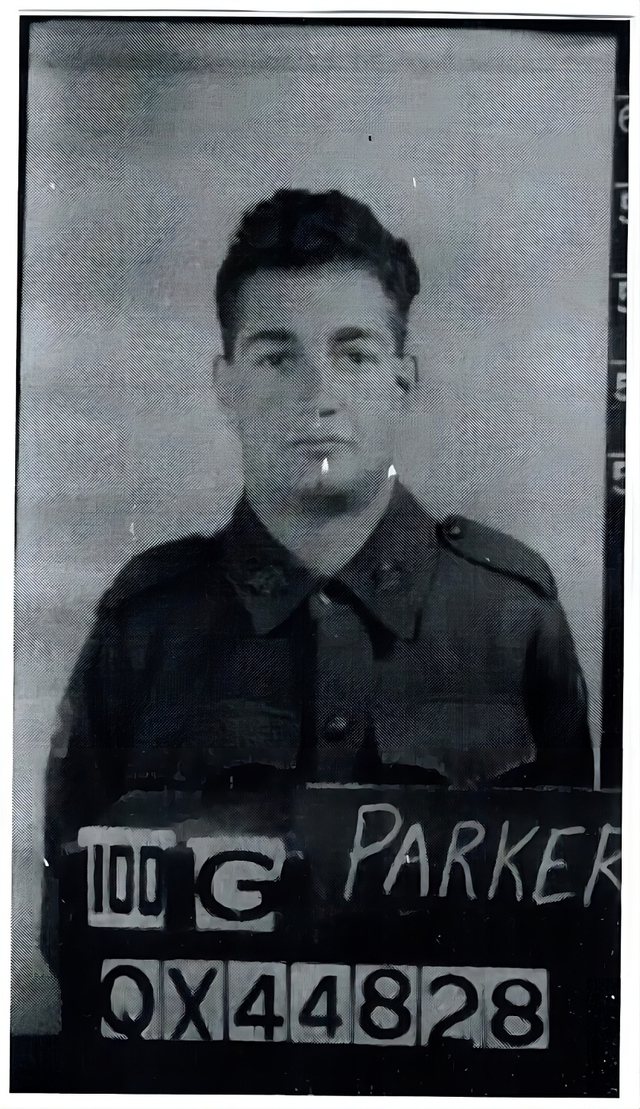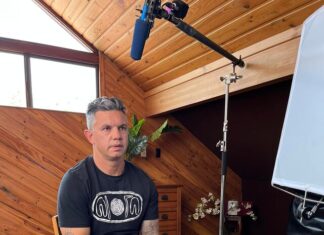Australia entered World War II on 3 September 1939 in support of the United Kingdom’s declaration of war on Nazi Germany.
This resulted in Australian troops being sent to the Middle East, but it was the Japanese attack on the United States naval base at Pearl Harbor on 7 December 1941, that Australia was placed on a war footing as Australia was threatened by the advancing Japanese onslaught when the fall of Singapore occurred on 8 February 1942.
The Government of Australia called up its militias and introduced conscription for all men over 18. Thousands of young men and women answered the call to service as the clouds of war descended over South-East Asia.
Many families had their eligible men enlist, and some families had as many as six enlist.
In Warwick, the Parker cousins, Willfred and Jack, were quick to serve their country and here, is their legacy and stories that made them become part of the Anzac legend.
Willfred Eli Parker, the son of Arthur and Cordelia, was born on 9 August 1923, and was working as a station hand, before being the first of the Parkers to enlist at 18 years of age.
He was a member of his local militia and on just turning 18, he had to get his parents to give him a letter of approval before acceptance, so he enlisted at Lytton, Brisbane, on 15 May 1940.
He was at first posted to Enoggera Barracks for training and apart from hospitalisation for appendicitis.
Wilfred finished his training as a Signalman with Northern Command before embarking for Sydney on 28 June 1941, to join the AIF Training Battalion. He was later posted to 105 General Transport Company and embarked for the Middle East on 1 March 1942.
Somehow, he disembarked in Batavia on Java, just as the Japanese were attacking the Dutch East Indies.
In action against the Japanese forces Wilfred was reported as missing on 29 April and later reported on 20 August 1945 as being alive, and now listed as a prisoner of war in Java.
It is unclear which internment camp Wilfred was placed in but what is known, is that all Australian prisoners were allocated into work parties as slave labour working on building airfields, roads, pagodas and bridges while undergoing terrible atrocities in the process.
These parties were sent to places in Singapore, Borneo and Thailand (Hellfire Pass and Sandarkan). After the POWs were liberated, many were sent to Morotai for recuperation, before embarking back home and landing in Sydney on 1 December 1945.
Since enlisting, Wilfred had spent 1580 days overseas, and only 82 in Australia so he had certainly given devoted service to his country
When Wilfred arrived back home, he received a discharge from the army on 15 January 1946, then met and married Mary O’Callaghan on 14 December 1946.
Wilfred was working as a carpenter but perhaps army life and his POW experience made him a bit restless, so he made the decision to re-enlist at Moorooka on 11 March 1947.
This did not work out so after being sent to Headquarters Training Battalion at Greta, New South Wales, it was not a very pleasant experience as he was hospitalised with lymphangitis and injuries to one hand.
Wilfred went absent without leave on 14 July so received seven days confined to barracks, before he was once again discharged from the army.
Little is known about Wilfred’s later life, but it was recorded that he passed away on 3 February 2006 and has a plaque dedicated to him at Brisbane’s Pinaroo Lawn Cemetery.
Wilfred Eli Parker’s courage and commitment to the nation can never be challenged for he was a true Anzac, as his survival from the horrendous treatment he received at the hands of the Japanese, was a true testament to this. Private Wilfred Eli Parker, your country salutes you.
The next Anzac in the Parker family was Wilfred’s cousin Jack.
Jack Frederick Parker was born at Goondiwindi, Queensland on 7 December 1916, the eldest son of Frederick and Rachael Parker of Warwick, who had moved from Mitchell to start a bakery in Palmerin Street.
He was a popular and friendly bread carter delivering bread to the town’s locals prior to World War II, before, like many young men, he answered the call to service, so he went to the recruiting office at Mitchell and enlisted on 9 May 1942.
Jack was immediately posted to Brisbane on 24 July 1942 for training with his designated unit, 14 Australian Work Company, and then later, further training at Boggabilla and Goondiwindi.
On 16 September he was transferred to 29 Training Battalion, and later, promoted to Corporal and sent to 14 Australian Works Company. Here, he was hospitalised for a short period with a broken wrist, but on recovery, he was finally posted to the war zone of Borneo, via Morotai. Borneo was a terrible place to fight against the Japanese, as his unit had to endure incessant tropical rain, mosquitos, ankle deep mud and Japanese snipers.
It has been referred to by “Diggers” as “a bastard of a place”.
After three years of jungle combat, Jack was evacuated, via the 2/13 Field Ambulance, suffering from malaria and dermatitis. He spent time in the 2/3rd Australian General Hospital before embarking back to Australia on the 2/2nd hospital ship to Brisbane.
Jack’s war was now over, and he received his discharge from the army on 15 January 1946. Jack married Alice Joyce Emery in the 1950s and they raised two children until he eventually passed away on 22 May 1997 and is interred in the Toowoomba War Cemetery.
The third member of the Parker Anzac legacy was Ray (Curly) Parker, Jack’s younger brother, who served in Korea with “K” Force in 1951, and later, spent a long career in the permanent army. (Ray’s story appeared in the Warwick Daily News a few years ago). However, this written tribute to the Parker boy’s service to the nation, should be a source of pride to the families of Wilfred, Jack and Ray, as they will be always remembered in Warwick’s military history and each year, commemorated every Anzac Day.









